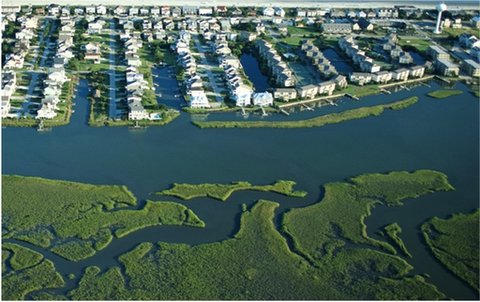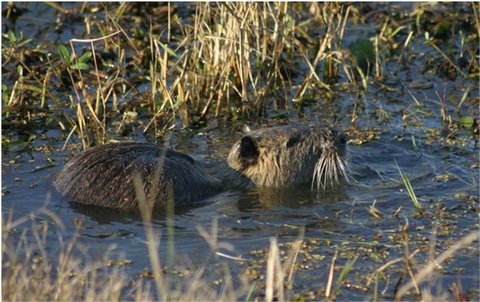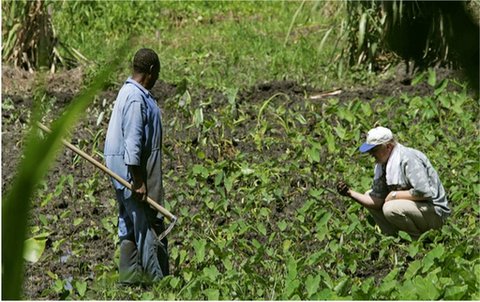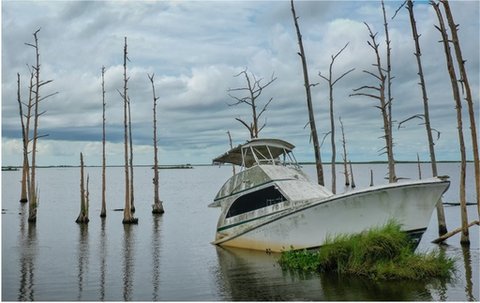…arelikegiant sponges.
Theypreventflooding.Duringheavyrains,theycollectandholdwater.Theyalsoprotectcoastalareasfromstormsurgesthatcanwashawayfragilebeachesandcoastal communities.
…actaswatertreatment facilities.
Theyfilterandcleanwater.Runoffchemicalsfromurbanareasandfarms,likethosefoundinfertilizerandmanure,oftenwashintowetlands.Wetlandplants,fungi,andalgaeabsorbtheseharmfulchemicals.Otherpollutantssinktothebottomwheretheyareburiedinsoiland sediment.
…arehomesformany species.
Manyplantandanimalspeciesarecompletelydependentonwetlandsfortheirsurvival.Two-thirdsoffisheatenworldwidedependonwetlandsduringtheir life cycle.
…aresomeofthemostdiverseecosystemson Earth.
WetlandscoveronlyfivepercentoftheUnitedStates,butmorethanone-thirdofthreatenedorendangeredspeciesintheU.S.liveonlyinwetlands.Anadditional20 percentofthreatenedandendangeredspeciesusewetlandsduringtheir lifecycles.
…areimportanttopeople.Nearly400 millionpeoplelivecloseto—anddependon—wetlands.
Peopleusewetlandstogrowcropslikerice.Riceisastapleinthedietformorethanhalftheworld.Wetlandsarealsousedforfun,suchasfishingandboating.AccordingtotheU.S.FishandWildlifeService,Americansspendmorethan$100 billiononwetland-relatedactivitiesevery year.
Asmuchashalftheworld’swetlandshavedisappearedsince1900,despitetheirvaluetopeopleand wildlife.
Development

Developmentoftenchangeswetlandsbyremovingvegetationandfillingordrainingwetlands.Thelandisusedtobuildhouses,roads,andshrimp farms.
Invasive Species

Theintroductionofnon‑nativeplantsandanimalscausescompetitionforresourcesandleadstoimbalances.Ifnativespeciesdieoff,theecosystemgets disrupted.
Agriculture

Rich,organicwetlandsoilisoftendrainedandconvertedintoagriculturalland.Andrunofffromnearbyfarmlandcanhurt wetlands.
Climate Change

Theriseinsealevelscausedbyclimatechangemayleadmanycoastalwetlandstobepermanentlyfloodedby seawater.